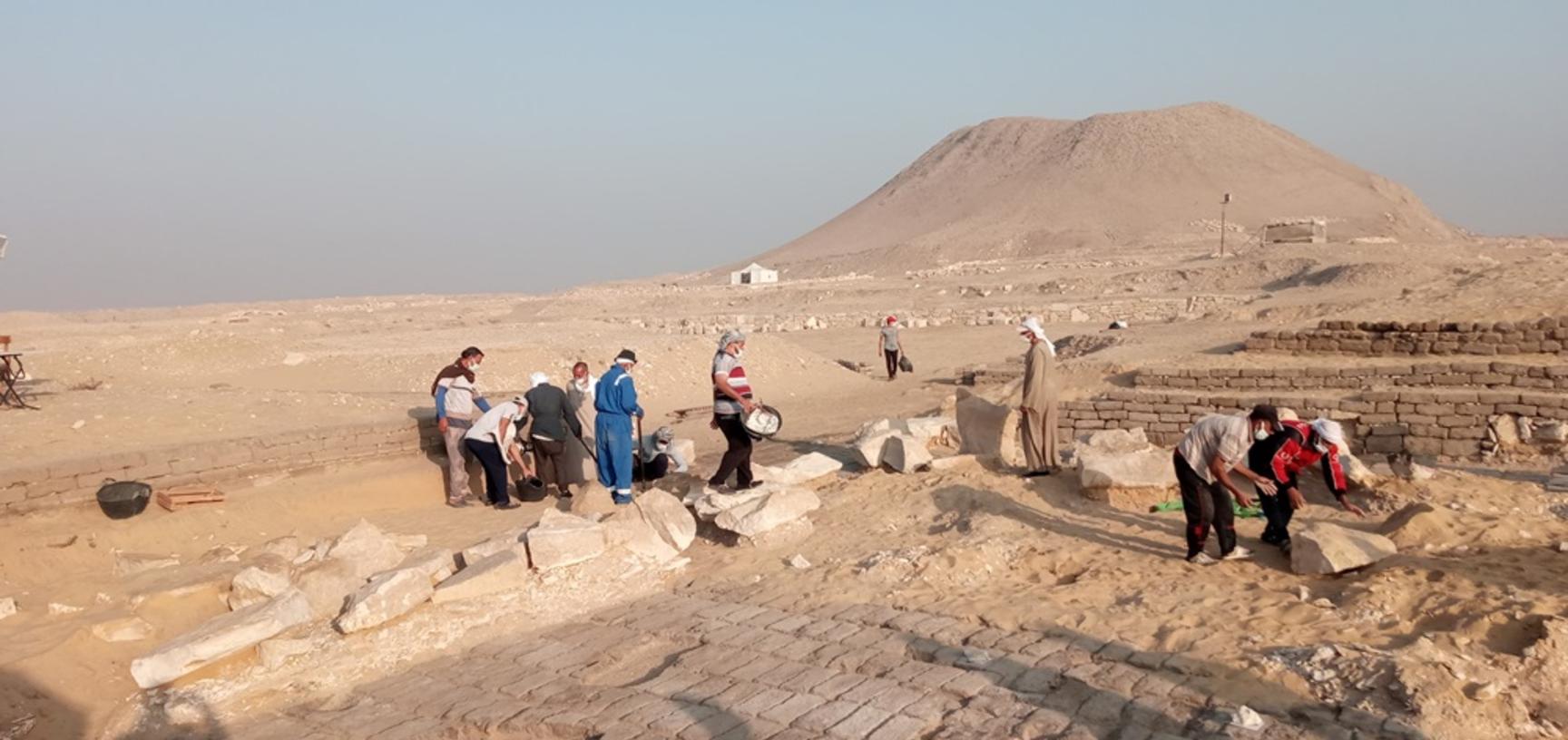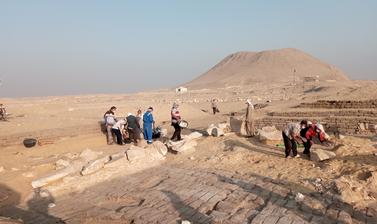Secondary Epigraphy in Egyptian Dahshur
Hana Navratilova is the principal investigator of the Secondary Epigraphy in Egyptian Dahshur (SEED), a project started as part of the Egyptian Expedition to Dahshur of the Metropolitan Museum of Art in 2011, processing earlier finds and focussing on new material with secondary inscriptions and images from the pyramid complex of a Middle Kingdom (ca. 1980–1760 BCE) king Senwosret III Khakaura. It’s a teamwork, where Hana collaborates with the Middle Kingdom art and architecture specialists Dieter Arnold and Adela Oppenheim as well as with the archaeologist and historian of the Dahshur landscape Lea Rees, and other colleagues.
Secondary epigraphy, also known as ‘graffiti’, is a unique corpus of texts and drawings produced by generations of inhabitants, and visitors of ancient sites. Graffiti are everywhere – in houses, tombs, temples, along desert roads. In pyramid precincts, such as those in Dahshur, the secondary inscriptions give evidence about a multigenerational use of the monuments and about their eventual demise.
New exciting discoveries were made in the South Temple of Senwosret III (next to his pyramid) in 2014 to 2023, and new readings of texts were achieved after the earlier finds became fully accessible in a new storage facility from 2014 onwards.
We can now follow the ancient visitors, as they passed through various parts of the pyramid precinct. In the 18th dynasty (ca. 1539–1292 BCE), many graffiti writers used the South Temple as a stage for performing their writing skill and for making devotional and political statements. Later, in the 19th dynasty (ca. 1292–1191 BCE) the precinct of Senwosret III was transformed into a quarry and its fine stone recycled. At the same time, it was still an important, meaningful place. The reconstruction of a full life of a pyramid complex with the help of graffiti is changing our understanding of how the ancient culture engaged with its past and historical memory.










